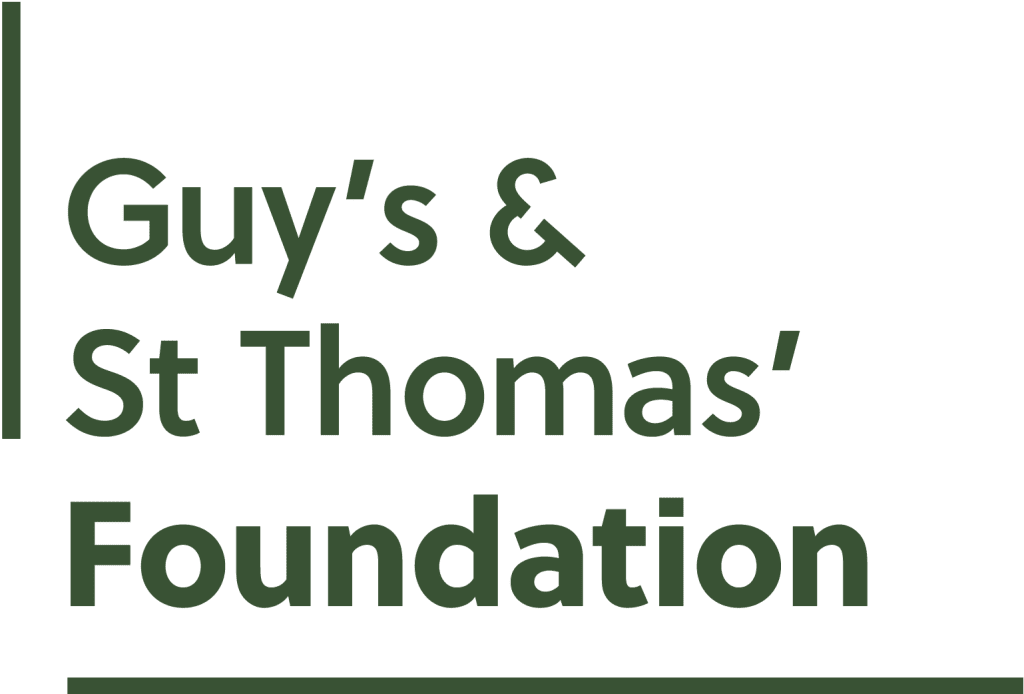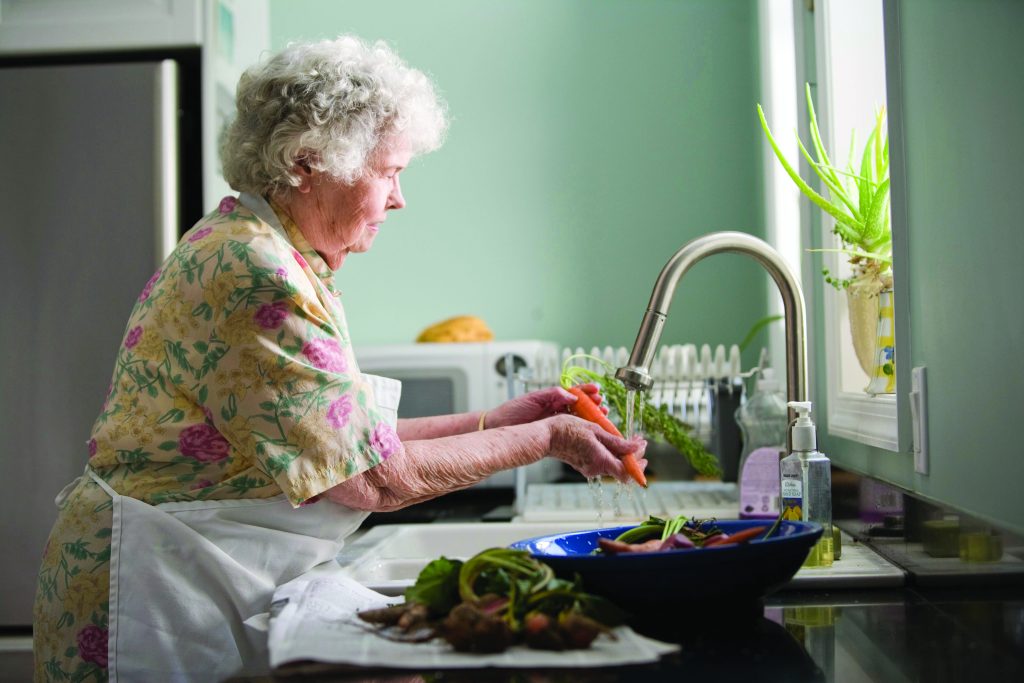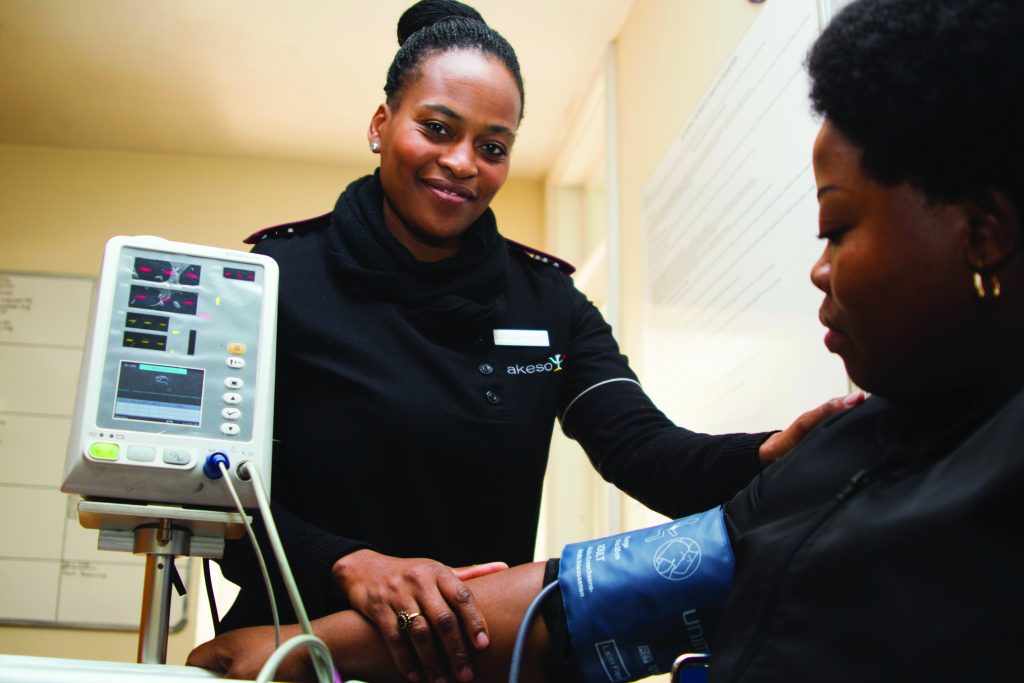

Based in the heart of London, Guy’s and St Thomas’ Foundation seeks to drive more equitable health, especially in cities, by working with local communities, grassroots organisations, major corporates, government, hospitals, academics and others.
Kieron Boyle, chief executive officer and Ethan Hall, chief investment officer talked to us about their ambitions to configure their whole endowment portfolio to focus on health impacts.
What is the current investment profile of the endowment?
Currently the endowment has about £1 billion in assets, of which 40% is held in property, largely in and around London. The rest is in traditional investments including public and private equity.
In 2017/18, the foundation agreed to allocate a small proportion of the portfolio – up to 5% – to investments linked specifically to positive health impacts. So far, £30 million is committed in funds investing in areas such as healthcare innovation, healthcare service delivery and social determinants of health including affordable housing, education and training, and food and nutrition.
The success of that allocation led, in mid-2020, to the trustees deciding that we use the whole £1 billion endowment to deliver both a health impact and a financial return. So we are now exploring how we can have a genuine dual mandate across the whole endowment – and, in particular, achieve health impacts that can’t be delivered through our grant-making work.
Moving £1 billion to impact is a huge move – how do you plan to reach that?
The plan is to move incrementally, testing and learning as we go. Having proved the model of our approach with the initial £30 million impact-focussed allocation, we are now targeting growth to £100 million over the next four or five years. With the larger allocation, we now feel comfortable building an impact portfolio that mixes a range of potential financial returns with strong health impacts. We target the aggregate impact allocation outcome rather than dual financial and impact hurdles on each investment. We also can diversify across all the sectors that drive health.
A big question we’re looking to answer as we build up to £100 million is: What’s the level of financial return we need from the impact allocation, in order to achieve the returns required to continue funding the foundation’s work? This will evolve as the availability of quality impact investments expands. At present we will look to balance some more catalytic, concessionary opportunities with other investments that seek the biggest health impact available for a higher financial return.
Our vision is to be able to assess health impact across the entire portfolio and optimise for both return and impact. What we learn from building this next £100 million allocation will help us with that.

How do you plan to evaluate the impact of these investments?
That’s the big challenge. To optimise our portfolio for both return and impact, we need to be able to measure impact in a coherent and consistent way for every single holding – whether it’s a commercial office building housing life science start-ups in south London or an equity fund investing in Japan.
Key to doing that is a framework that doesn’t really exist yet. We’ve started with our own rough and ready approach and one of our next tasks is working out how to evaluate the impact of our investments in a way that’s applicable across very different assets, sectors and geographies.
How do you intend to secure the impact information you need?
First, we aim to bring others along with us. The more other investors take an interest in health impact, the more we can support organisations with the expertise to develop tools and frameworks to measure it – much in the same way that tools have been developed to assess carbon emissions.
We’re putting some building blocks in place. We have begun to define the investment sectors we believe are most conducive to good health and what within those sectors can be quantified. We are also financially supporting Long Term Investors for People’s Health (LIPH), a ShareAction programme seeking to help institutional investors understand the impacts of their portfolios on health and encourage major companies to consider health – and the social factors that drive it – in their decision-making. This should generate a lot of the data, evidence and benchmarking needed to drive company transparency and disclosure.
Is there anything about the composition of your board and investment committee that’s helped to support these plans?
Our investment committee are all professionals who are still active rather than retired, which is quite crucial. Anyone working in the investment industry who’s attracted to being on our investment committee is already likely to have the right impact mindset. As a result, we’ve had very little “Should we do this?” discussion. It’s all been around “How do we do this to the best of our abilities?”.
We have also set up additional governance with an impact investing advisory committee, which has allowed us to pull in people who are native to the impact investing industry. Our investment committee chair manages the Church of England’s money, so is very familiar with impact.

How are grant-making and investment sides of the foundation integrated at a practical level?
The two teams have a monthly meeting where the grant- making team will detail what initiatives they are focusing on and what they’ve learned. That informs the investment team’s thinking on what drives health impact and what primary causes we can access through our investments.
To give a very practical example, our philanthropic arm has a programme focused on air pollution. Fifty percent of particulate pollution in cities comes from construction, not traffic. So, we are using some of our big property developments in London as an exemplar of what can you do differently when you build in order to reduce air pollution.
What would you say to foundations hesitant to consider impact investment?
We would first say “Remember what the money is for”. Given your purpose, why should £1 spent through a grant be more impactful than £1 invested on the endowment side? When you think about that, you start viewing 100% of your assets as a means to deliver impact, not just the 4% allocated to grant-making.
Also people tend to overestimate the financial trade-off from impact investing, such trade-off, if and when it exists, is small. In 20 years’ time, it may not exist at all as the commercial value of non-financial impact becomes more widely recognised and increasingly paid for.
Finally, there are now huge pools of capital being deployed to address the challenges facing people and the planet – and endowments need to be part of that. Foundations have unrivalled knowledge and experience of how to deliver impact, so don’t be on the sidelines. Get out there, try impact investing on a small scale and see how it goes.

